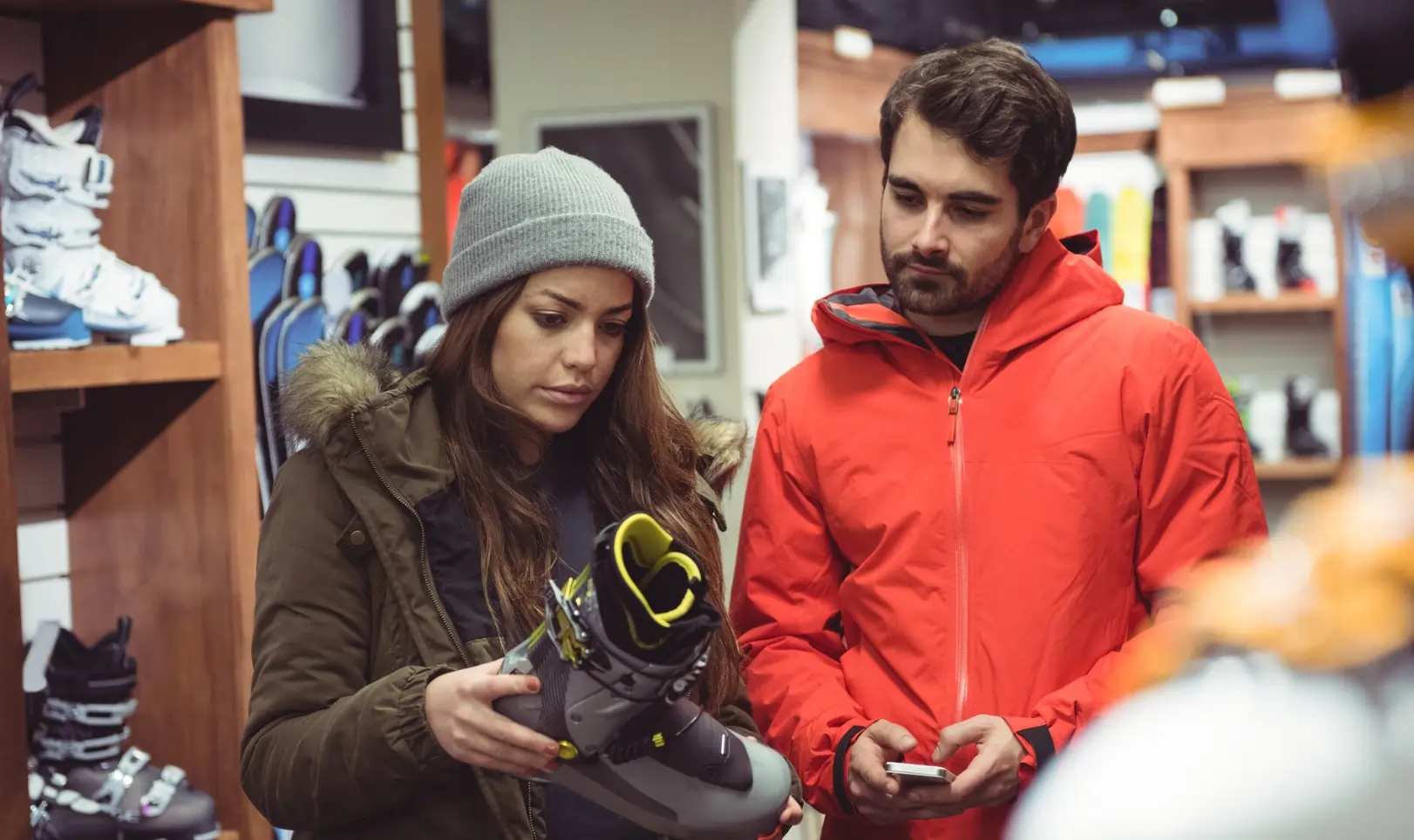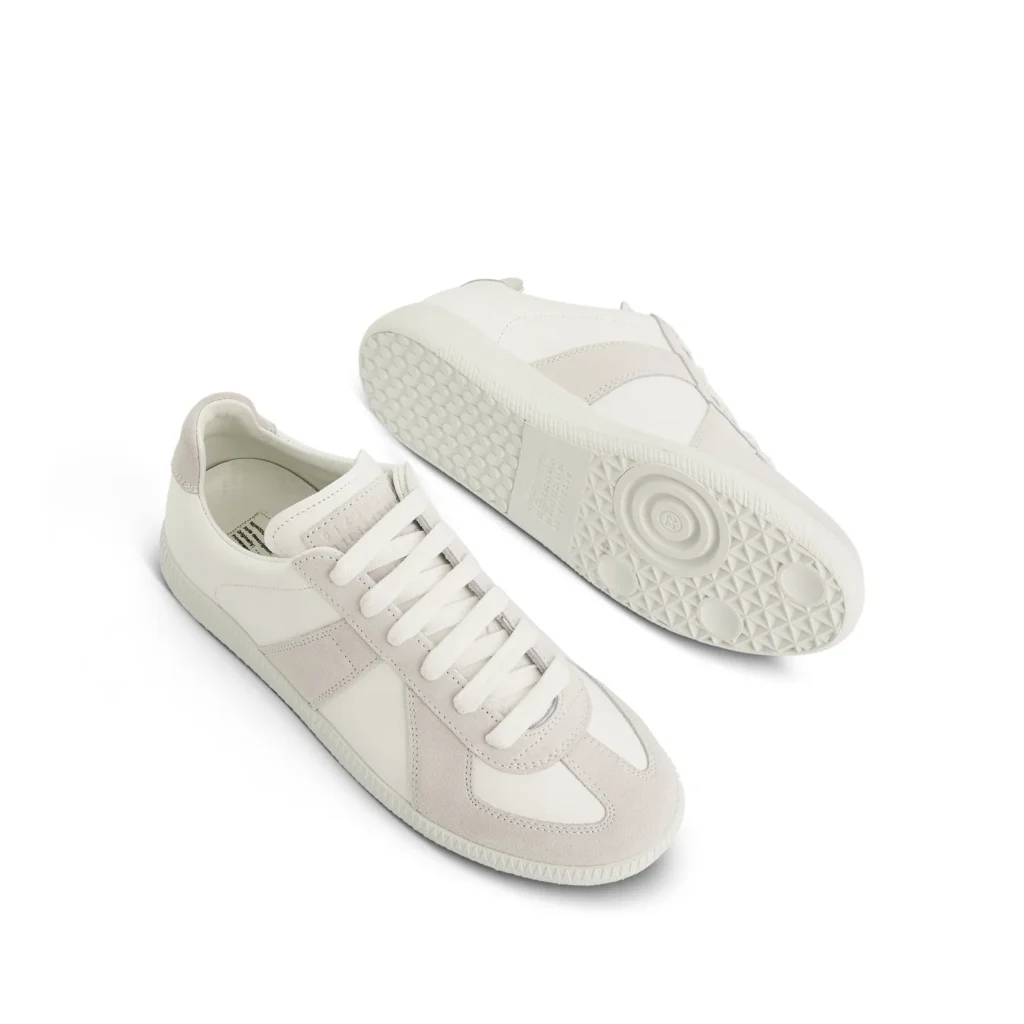Sneaker culture has long been driven by exclusivity, innovation, and the thrill of the hunt for rare designs. But as prices soar and hyped releases sell out in seconds, a growing number of sneaker enthusiasts are turning to replica sneakers as a practical—and often controversial—alternative. Once dismissed as cheap knockoffs, today’s replicas (or “reps”) are increasingly sophisticated, blurring the line between authenticity and imitation. That’s because here’s what’s making replicas gain popularity among sneakerheads in the USA, UK, and beyond.
The Rise of Replica Culture in Sneaker Communities
The global sneaker resale market is projected to hit $30 billion by 2030, with limited-edition drops from brands like Nike, Jordan, and Yeezy driving frenzied demand. Yet, for every person who scores a coveted pair, thousands more face inflated resale prices or empty carts. Enter replicas: meticulously crafted imitations that replicate everything from Air Jordan silhouettes to Adidas Yeezy Boost details.
While replicas have existed for decades, their appeal has surged in recent years due to three key factors:
- Skyrocketing Prices of Authentic Sneakers
A pair of Travis Scott x Air Jordan 1 Highs can resell for **2,000+∗∗,whileoriginalretailpricesforhypedcollabsrarelydipbelow200. For many, especially younger fans, replicas offer a way to participate in sneaker culture without draining their savings. - Improved Quality of Replicas
Modern replica manufacturers use advanced techniques to mimic materials, stitching, and even box packaging. High-tier replicas (often called “UA” or “unauthorized authentic”) are nearly indistinguishable from the real thing, making them appealing to style-focused buyers. - Ethical Pushback Against Corporate Brands
Critics argue that sneaker giants profit from artificial scarcity while underpaying factory workers. Some buyers justify replicas as a form of rebellion against corporate greed, though this stance remains hotly debated.
Why Sneakerheads Are Choosing Replicas
1. Accessibility to Hyped Releases
Limited-edition drops are notoriously hard to secure. Bots dominate online queues, and physical raffles favor those in major cities. Replicas democratize access, allowing fans worldwide to own designs like the Off-White x Nike Dunk Low or Supreme x Air Force 1—without competing with resellers.
2. Affordability Without Sacrificing Style
Replicas cost 70–90% less than resale prices. A 1,500pairofDiorxAirJordan1s,forexample,canbereplicatedforunder150. For casual wearers who prioritize aesthetics over exclusivity, this is a no-brainer.
3. Reduced Fear of Damage or Theft
Wearing $1,000 sneakers invites anxiety. Replicas let enthusiasts rock bold designs at concerts, festivals, or rainy days without stressing over scuffs or loss.
4. Customization and Experimentation
Some sneakerheads buy replicas as a canvas for DIY projects. Why risk ruining authentic shoes with paint or modifications when replicas offer a guilt-free alternative?
5. Community Acceptance
Online forums like Reddit’s r/Repsneakers (1.2 million members) have normalized replica culture. Members share trusted sellers, quality guides, and even host “LC/QC” (legit check/quality check) threads to help others avoid scams.
The Risks and Controversies
While replicas solve some problems, they introduce others:
1. Legal and Ethical Gray Areas
Replica production violates intellectual property laws, and profits may fund organized crime or exploitative labor. Brands like Nike and Louis Vuitton aggressively sue replica sellers, but buyers face little legal risk in most countries.
2. Quality Inconsistencies
Not all replicas are equal. Budget-tier reps often have glue stains, incorrect logos, or uncomfortable soles. Research is critical to avoid disappointment.
3. Social Stigma
Purists argue replicas dilute sneaker culture’s authenticity. Being “called out” for wearing fakes can damage credibility in tight-knit communities.
4. Environmental Impact
Most replicas are made in unregulated factories with little regard for sustainability. By contrast, brands like Allbirds and Veja prioritize eco-friendly materials.
5. Scams and Security Risks
Unverified sellers on Instagram, TikTok, or WhatsApp often vanish after payment. Credit card fraud and counterfeit websites are rampant.
How to Navigate the Replica Market Safely
For those considering replicas, proceed with caution:
- Research Sellers Extensively
Stick to platforms like Trusted Rep Sellers (TS) lists on Reddit or Discord. Avoid random social media ads. - Understand Quality Tiers
- Budget Tier (20–50): Noticeable flaws, suitable for beaters.
- Mid-Tier (50–100): Decent materials, minor inaccuracies.
- High-Tier (100–200): Nearly 1:1 accuracy, premium materials.
- Use Secure Payment Methods
PayPal Goods and Services or credit cards offer fraud protection. Avoid wire transfers or cryptocurrency. - Check Return Policies
Reputable sellers allow returns for flawed products.
The Future of Replicas in Sneaker Culture
The replica market is not disappearing. As real prices rise, and social media becomes accustomed to “rep culture,” even social media influencers and celebrities have begun wearing replicas. Brands are retaliating with blockchain authentication, including Nike’s new.SWOOSH NFTs, but replicas continue their evolution.
For some, replicas are a pragmatic choice in an exclusionary market. For others, they’re a betrayal of creativity and craftsmanship. Either way, the debate reflects deeper tensions in consumer culture—between accessibility and integrity, individuality and conformity.
Final Thoughts
Replica sneakers are a double-edged sword: they empower fans to engage with trends affordably at the cost of ethical, legal, and quality compromises. As the distinctions between “real” and “fake” start to fade, sneakerheads need to decide what matters most: prestige in authenticity or practicality in replicas.
For now, it remains a polarizing but undoubtedly powerful force within sneaker culture-one that is challenging notions of value and exclusivity within the USA, UK, and the rest of the world.



